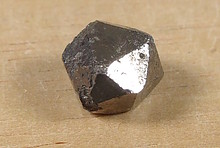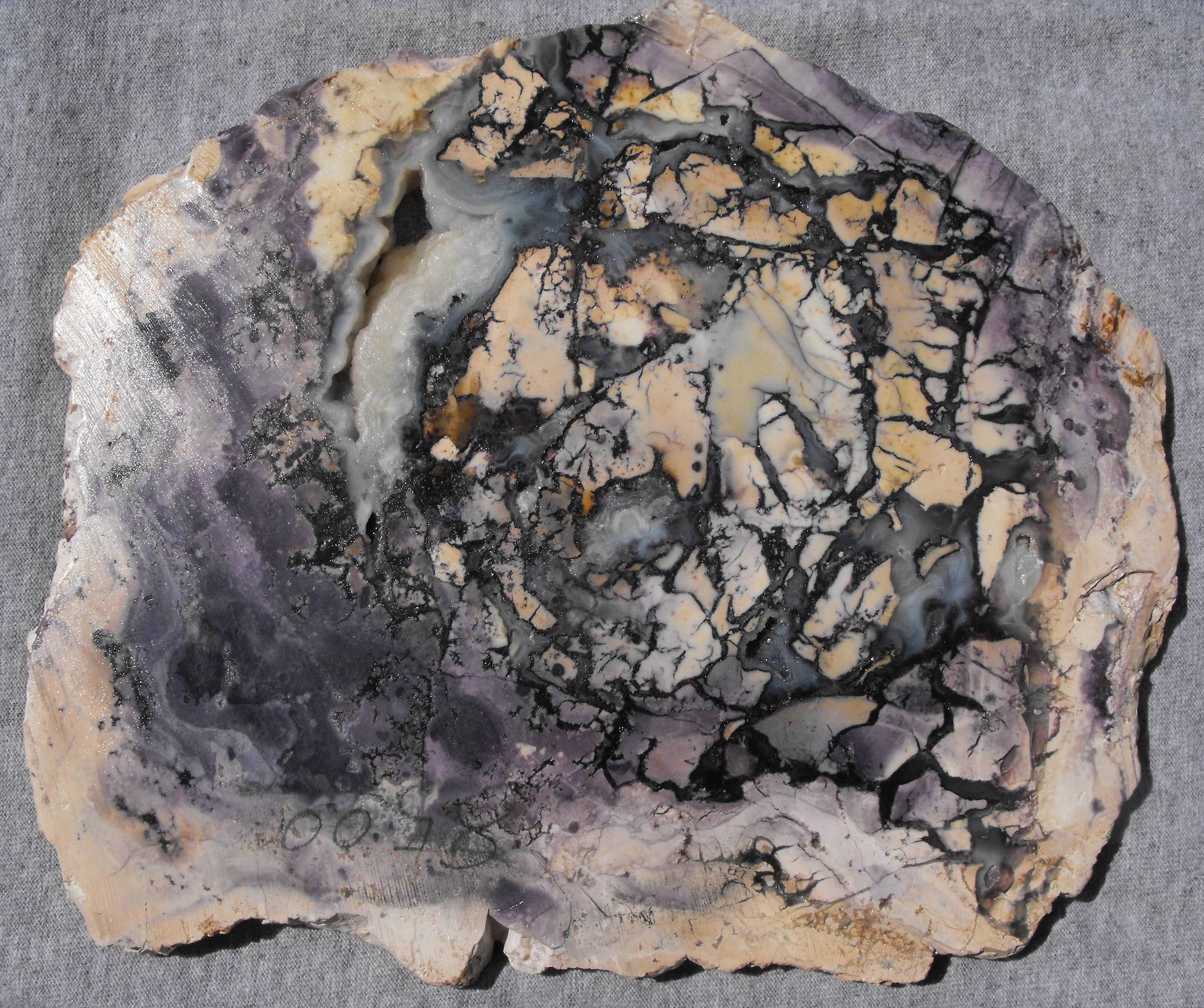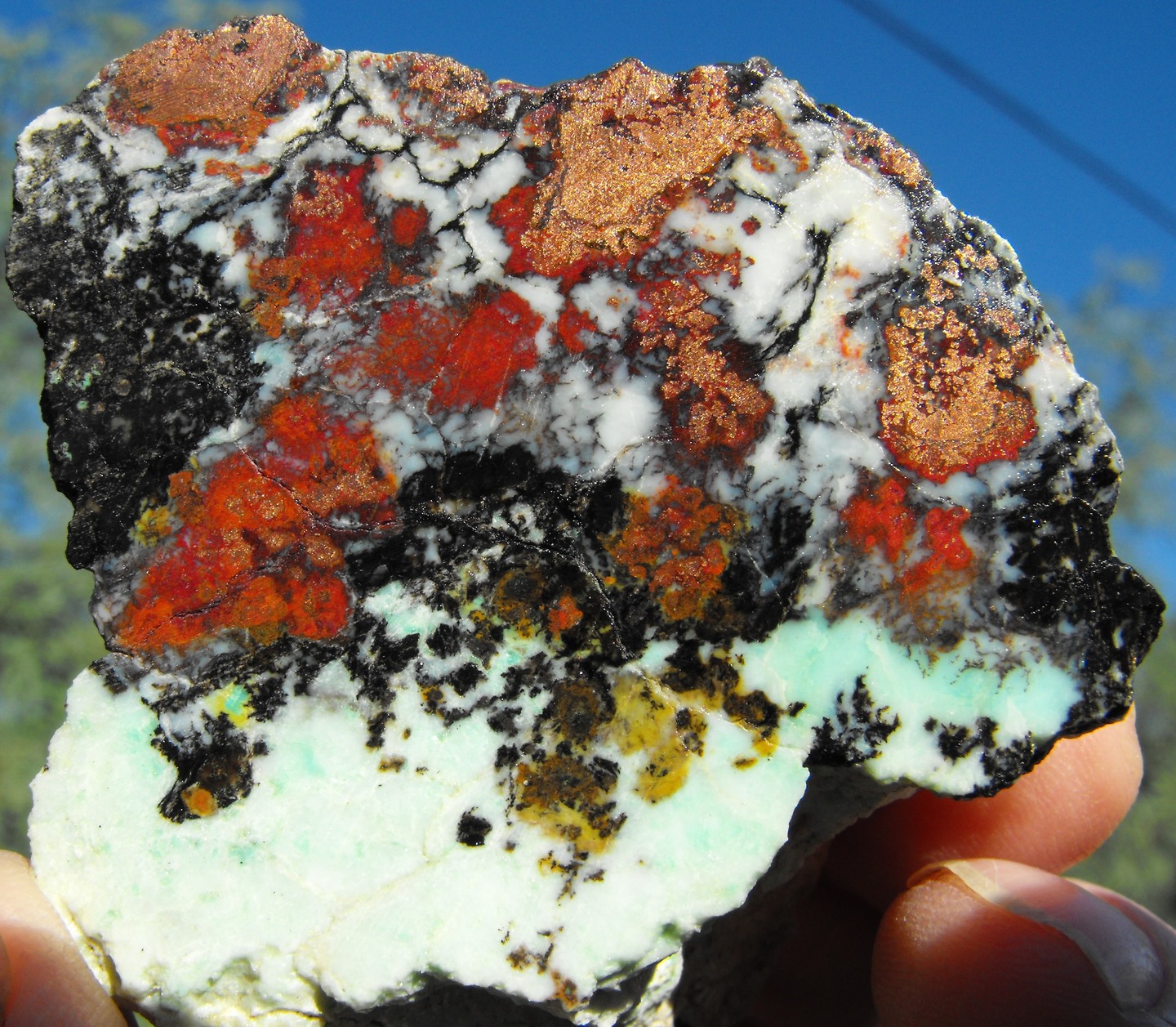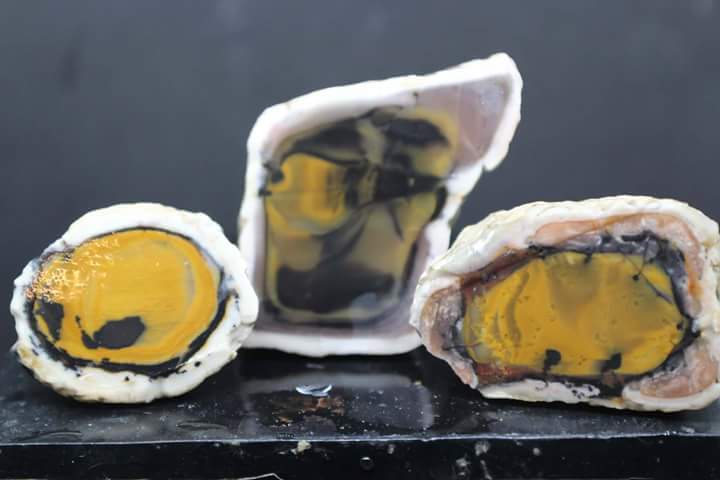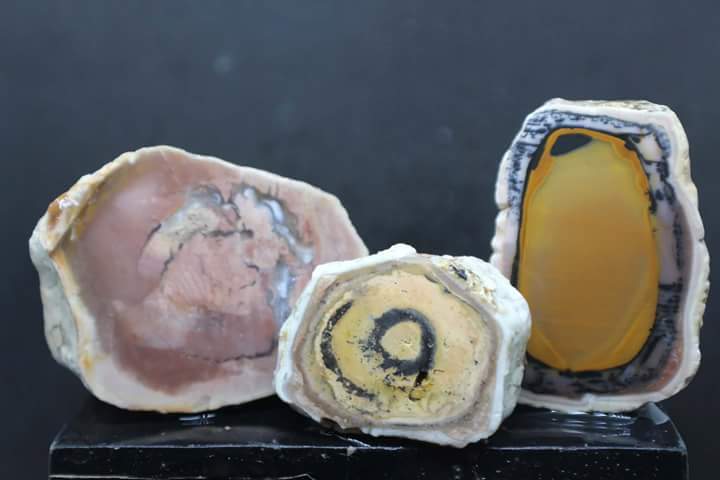Home PageAbout MindatThe Mindat ManualHistory of MindatCopyright StatusWho We AreContact UsAdvertise on Mindat
Donate to MindatCorporate SponsorshipSponsor a PageSponsored PagesMindat AdvertisersAdvertise on Mindat
Learning CenterWhat is a mineral?The most common minerals on earthInformation for EducatorsMindat ArticlesThe ElementsThe Rock H. Currier Digital LibraryGeologic Time
Minerals by PropertiesMinerals by ChemistryAdvanced Locality SearchRandom MineralRandom LocalitySearch by minIDLocalities Near MeSearch ArticlesSearch GlossaryMore Search Options
The Mindat ManualAdd a New PhotoRate PhotosLocality Edit ReportCoordinate Completion ReportAdd Glossary Item
Mining CompaniesStatisticsUsersMineral MuseumsClubs & OrganizationsMineral Shows & EventsThe Mindat DirectoryDevice SettingsThe Mineral Quiz
Photo SearchPhoto GalleriesSearch by ColorNew Photos TodayNew Photos YesterdayMembers' Photo GalleriesPast Photo of the Day GalleryPhotography
╳Discussions
💬 Home🔎 Search📅 LatestGroups
EducationOpen discussion area.Fakes & FraudsOpen discussion area.Field CollectingOpen discussion area.FossilsOpen discussion area.Gems and GemologyOpen discussion area.GeneralOpen discussion area.How to ContributeOpen discussion area.Identity HelpOpen discussion area.Improving Mindat.orgOpen discussion area.LocalitiesOpen discussion area.Lost and Stolen SpecimensOpen discussion area.MarketplaceOpen discussion area.MeteoritesOpen discussion area.Mindat ProductsOpen discussion area.Mineral ExchangesOpen discussion area.Mineral PhotographyOpen discussion area.Mineral ShowsOpen discussion area.Mineralogical ClassificationOpen discussion area.Mineralogy CourseOpen discussion area.MineralsOpen discussion area.Minerals and MuseumsOpen discussion area.PhotosOpen discussion area.Techniques for CollectorsOpen discussion area.The Rock H. Currier Digital LibraryOpen discussion area.UV MineralsOpen discussion area.Recent Images in Discussions
Fakes & FraudsTiffany stone

3rd Sep 2014 08:51 UTCYoshi Kobayashi
3rd Sep 2014 11:35 UTCDavid Von Bargen Manager
The Utah material from the Brush Wellman mine is a combination of fluorite bertrandite and quartz.
3rd Sep 2014 12:47 UTCVandall Thomas King Manager

3rd Sep 2014 19:06 UTCYoshi Kobayashi
Have you heard Tiffany stones being produced in Nevada? To me, since there's no standard, it seems like anybody can call random stones as Tiffany stone if the appearance is similar to the original one. Just to raise the prices of the random rock. Am I right?
3rd Sep 2014 19:30 UTCOwen Melfyn Lewis
Tiffany stone? Betrandite? Never hear of either from any gemmological/jewelery reference work;
Some *mineralogist's* dream of how to make money? Or are the 'New Age' happy-clappies at it again?
Yours sincerely,
'Disgusted'
Tunbridge Wells
3rd Sep 2014 19:37 UTCDavid Von Bargen Manager
3rd Sep 2014 19:50 UTCDavid Von Bargen Manager
http://pubs.usgs.gov/of/1998/ofr-98-0524/MINNODS.HTM

3rd Sep 2014 20:33 UTCRick Dalrymple Expert
David and Van have explained the Utah Tiffany Stone well. Because the Utah TIffany Stone has become semi-famous other people use the name to try to sell their stones that look similar. There are a number of people around that sell similar looking materials as Tiffany Stone. Most only resemble it with the colors. There are several materials from Utah that look similar including Broad Canyon Agate, Indian Blanket Jasper, and Monroe Mountain Agate.
Just as an update: The Brush Wellman mine declared bankruptcy and reformed as Wellman Resources. The area they are currently mining doesn't produce Tiffany Stone. The area they are currently mining is higher in elevation on the side of the Spor Mountain and the bertrandite doesn't have any colore-its just white clay. Not that it matters much because they wont let Tiffany Stone any more. They are so adamant that people don't get any that they have cameras on the road. The cameras are always monitored--and the security truck will intersect you long before you get to the active mining area. Trust me, I didn't get very far before they stopped us:-(
Other minerals found in the Tiffany Stone nodules (bertrandite ore) include hyalite opal and aquamarine, hematite needles, bertrandite crystals, and fluorite crystals.. I have heard of pale emeralds but have never seen them.
As for a gem material, we sell hundreds of cabochons a year out of this materail, when we can get it. Because the mine wont let it out anymore, it has become harder and harder to get good rough.
3rd Sep 2014 21:38 UTCOwen Melfyn Lewis
-------------------------------------------------------
> It does make some nice cabbing material. I believe
> that the Tiffany stone is a recent (last 10 years
> or so) naming to provide hype. I am sort of
> surprised that Tiffany hasn't sicced the lawyers
> on them.
>
>
> http://pubs.usgs.gov/of/1998/ofr-98-0524/MINNODS.H
> TM
People seem to cab most any rock that will sort of take a polish. Well, there are worse sorts of mischief to get up to, I suppose.

3rd Sep 2014 21:57 UTCRick Dalrymple Expert
With such a demand for polished stone jewelry, it is no surprise any colorful and attractive material is used. The purple with the black, red, mauve, white, and pink makes for unique pieces of jewelry. No dying or painting required;-)

4th Sep 2014 00:35 UTCYoshi Kobayashi
Can people really call the materials from Nevada as Tiffany stones?
> Rick
Very interesting info. Thanks!! Do you know about Tiffany stone found/mined in Nevada?

4th Sep 2014 01:09 UTCAlfredo Petrov Manager
Unfortunately there is no universally accepted institution for naming lapidary materials, mineral varietal names or mystical "energy stones", so it is a complete anarchy. People invent new fanciful names for marketing purposes whenever they feel like it, and unless a name is already a registered trademark, they can and do reuse old names for completely new materials. :-S We don't encourage that here on Mindat; we prefer that people call materials by their correct mineralogically accepted names (ie. not use the name "Tiffany stone" at all!), but neither we nor anyone else has policing powers to punish someone for using the name "Tiffany Stone" for their pet cat's turds, if they should decide to do that. So if you are depending on a "correct name" to decide the value of a stone you want to buy or sell, the only thing we can say to that is Caveat emptor :-(

4th Sep 2014 04:29 UTCYoshi Kobayashi
Thanks for the response. :)
I am not interested in purchasing, selling, or trading Tiffany stones. In the first comment, I wrote the reason why I was wondering about the definition of this rock.
I collect minerals with good crystals and interesting properties, such as fluorescence, tenebrescence, troiboluminescence, radioactivity, and such. Tiffany stone has none of these so it is pretty much worthless to me. I just wanted to know if anyone know how people define or determine a rock as a Tiffany stone other than relying on the locality of the material. I knew about most of the things which were in the responses, but was just curious if there is a standard for this rock. Seems like there's not good definition other than the locality and appearance. So I am thinking that Nevada Tiffany stone is nothing but made up name to sell junk rocks (to most of the mineral collectors) with higher prices to lapidarists.

4th Sep 2014 07:46 UTCJim Gawura
There was an article, I believe in Rocks and Minerals, some time ago on the Quartette Mine in the Searchlight District, Clark County, Nevada. If I recall it stated that Tiffany's was buying a stone from them to use in jewelry. Known as Tiffany stone. I'll see if I can find the article for you. Whether or not it is what's being pedaled now, I have no idea.
Cheers,
Jim
4th Sep 2014 13:14 UTCVandall Thomas King Manager
4th Sep 2014 13:29 UTCOwen Melfyn Lewis
-------------------------------------------------------
> Yoshi, The naming of mineral species is under the
> control of the International Mineralogical
> Association and there are established procedures
> for defining and naming real mineral species.
>
> Unfortunately there is no universally accepted
> institution for naming lapidary materials, mineral
> varietal names or mystical "energy stones", so it
> is a complete anarchy.
Agreed. But the problem can be simplified for all scientific discussion and other scientific purposes. Some party (IMA?) should take a firm grip of the naming of mineral varieties. There are good reason for doing that - to assist in accurate communication.
An example. All Al2O3 is corundum to the IMA. Yet the the way that colour is formed in ruby is by a different process of energy re-distribution that in any other variety. Study of the causes of colour in different mineral species (and other materials as well) is advanced hard science and as fundamental a study as is the structure of crystals. In many cases, an understanding of the crystal structure and where in the structure the chromophore ions lie and also the changes in ionic charges that occur. Such knowledge is as yet by no means compete and there is much academic study left to do.
It follow partly from the above, that, in the majority of cases, the most useful varietal differentiation might be generally to be the use of the colour of the variety as an adjectival modifier of the species' noun, e.g. red beryl. There is is some justification (for continuity as well as for other purposes) in retaining tradenames as descriptors where the trade name is more than 100 hears old. IMO, the use of newly coined tradenames as mineral variety descriptors is to be strongly discourages. It is a practice that helps a few to make a little money at the expense of clear and cogent exchange of information by the majority - the essential purpose of language. Also, in addition to colour, a few other adjectival or compound noun dscriptors are needed. For example, to describe adularescence, chatoyancy, play-of colour and other phenomena. But these all presently exist, and are largely self-explicatory in their use. It just needs a little organisation and regulation by IMA with harmonisation by agreement between IMA, and the standardisation committee for gemmological laboratories (under the aegis of CIBJO).
> People invent new fanciful
> names for marketing purposes whenever they feel
> like it, and unless a name is already a registered
> trademark, they can and do reuse old names for
> completely new materials. :-S We don't encourage
> that here on Mindat; we prefer that people call
> materials by their correct mineralogically
> accepted names (ie. not use the name "Tiffany
> stone" at all!)
The real problem comes with rocks, I think. A few of these have historical interest to ornamental or adornment purposes but the vast majority do not. There are accepted (not approved?) names for the main rock types. Let it go at that? One sees some granite that is quite pretty when polished - but it is still granite.
I imagine that any trying to sell rocks of some variable constituency as 'Tiffany Stone' are on track for a 'cease and desist' instruction from Tiffany's lawyers, that name being a registered trademark. As for them having authorised such use.... If they saw it as in their interest to withhold the use of their name when they made the market in Kunzite and Morganite gems a hundred years ago, the idea of them allowing petty dealers at rock 'n gem shows to peddle mongrel dreck under their name is risible.
4th Sep 2014 13:37 UTCDavid Von Bargen Manager
Varieties are a can of worms. Where do you put in the boundaries? If ruby is a clear red corundum (gemstone), do you call an opaque red corundum ruby or something else? What is the dividing line between calling something a ruby and a pink sapphire?
4th Sep 2014 17:02 UTCOwen Melfyn Lewis
-------------------------------------------------------
> Varieties are a can of worms. Where do you put in
> the boundaries? If ruby is a clear red corundum
> (gemstone), do you call an opaque red corundum
> ruby or something else? What is the dividing line
> between calling something a ruby and a pink
> sapphire?
Opaque red corundum - red corundum
Pink sapphire is a trade misnomer. About 150 years ago, mineralogists leaned how to differentiate red spinel from ruby, since when only red corundum of gem quality has been properly described as ruby. It took another 100 years to understand the detail of the manner of colouration of ruby. Once that was understood, it became obvious that 'pink sapphire' does not obtain its colouration in the way that other coloured sapphires do but in the different way that a ruby develops its colour. In short, 'pink sapphire' is a misnomer for what is, in fact, a weak ruby. Best ruby is formed when Cr++ is in 1-2% at substitution for Al++, the red colour resulting from a ligand field effect. As the % Cr++ substitution falls below 1% towards zero, the colour weakens but does not change. To appreciate this consider blood being dripped into a glass of water; as drops are added to the water, the colour becomes first the weakest pink, then a stronger pink until, eventually, the water turns red. 'Pink' is not a colour (though the human mind perceives it to be one, different from red. 'Pink' is what is perceived by the brain when point sources of red light transmission are sufficiently dispersed in a colourless medium.
The major gem labs are now describing the pink stones properly as ruby. There is no effect on price as market preference remains (all else being equal) for red ruby as opposed to pink, the material becoming cheaper all the way down to colourless. All should agree as to what is a saturated red; where red starts to become pink is a matter of common visual acuity - and perhaps whether one is buying or selling :-)
The gem/jewellery trade is resistant to change and still clings to the 'pink sapphire' description but is playing 'King Canute'. The die is cast and as more and more high quality pink corundum appears in the market certificated by the best labs as ruby, they will move in the direction pointed out to them. There is suggestion that a formal change will be discussed in the CIBJO conference in Sao Paulo next year. It's an untidy end in a whole series of such ends where scientific knowledge runs ahead of common accepted terminology.

4th Sep 2014 17:11 UTCRick Dalrymple Expert
To not allow trade names to have a definition is the same as not allowing varieties in food, cars, planets, etc. If we only allow for one definition of cheese, then what do we call the rest of the cheese-like substances such as cheez whiz, sliced cheese, Kraft cheese, or any of the hundreds of varieties of cheese? I know that isn't a perfect analog but you get the point.
I definitely know the need and value of having a definition for scientific terms but I like to think I am flexible enough to allow other terms that aren't as strict. Hamburger is just hamburger, isn't it? Or is it defined by the fat content, brand, spices or lack of spices added, who cooked it, etc?
So when we are talking about Tiffany Stone, it is really bertrandite nodules that are impregnated by ground water with other minerals including fluorite (purple), manganese oxides (reds, orange, black, pink), some kind of quartz such as chalcedony (agate) or hyalite which may or may not contain uranium salts, and may or may not contain other minerals such as beryl. That is a lot of verbiage to put on a jewelry tag;-), After all, the name Tiffany Stone is pretty much only used by jewelers.
As David noted above, the names of gemstones is often blurred. And is that a real problem? Or should we ban all marketing of any kind of all kind?
There is not a committee for the naming gem names and it is probably not even possible for many of the reasons listed above. In my opinion, which means nothing, there shouldn't be a committee for this anyway.:-S
4th Sep 2014 19:35 UTCVandall Thomas King Manager

4th Sep 2014 21:02 UTCYoshi Kobayashi
4th Sep 2014 21:16 UTCRob Woodside 🌟 Manager

4th Sep 2014 21:32 UTCYoshi Kobayashi
Thanks for the response. :)
Does that mean if I polish random rocks and if they are pretty, I can call it Tiffany stones? That doesn't seem right. I know the name is not a registered trademark, so anyone can use that name. But it seems fraudulent to call any rocks as Tiffany stone. Or maybe lapidarists are very accepting, as long as the rocks are pretty, they care less about location and originality? Maybe this is the area which mineralogist or gemologist shouldn't go into. At least to me, it's very frustrating.
4th Sep 2014 21:47 UTCRob Woodside 🌟 Manager
4th Sep 2014 21:49 UTCDavid Von Bargen Manager

4th Sep 2014 21:55 UTCYoshi Kobayashi
4th Sep 2014 21:56 UTCRob Woodside 🌟 Manager
Have you got white rocks you can't sell? Call it White Turquoise!!! https://www.google.ca/search?newwindow=1&q=white+turquoise+&oq=white+turquoise+&gs_l=serp.12..0l5.50322.50322.0.54505.1.1.0.0.0.0.154.154.0j1.1.0....0...1c.1.53.serp..0.1.153.5bpG6Y1nkbQ
4th Sep 2014 22:04 UTCRob Woodside 🌟 Manager
5th Sep 2014 03:19 UTCVandall Thomas King Manager

5th Sep 2014 07:02 UTCYoshi Kobayashi
I don't have a trademark, and not interested in all those market. I am just a amateur mineral collector. As I wrote in the first posting, I saw someone posting "Tiffany stone from Nevada", and became curious to know if there were standard or strict definition for this stone. I don't want to feel negative about the guy or his claim, but if there's no strict definition, there shouldn't be any way to determine if the rock he found can be called Tiffany stone. I just wanted to know out of my curiosity. That's all.
>Van,
I was thinking that Tiffany stone has that distinctive appearance, but the guy who posted the picture kept telling me that Tiffany stone has different (variable) appearances, hardness, patterns, and the locality is not limited to the mine in Utah.
>to all,
Thank you for all the comments. I learned a lot through this thread. My conclusion still remain the same: There's no strict definition for Tiffany stones. Anyone can "claim" that random rocks as Tiffany stones. To me, Tiffany stones are the only produced from the mine in Utah with the distinctive appearance (as Van says).
I feel that lapidarists nomenclature (which I don't think I should use this term since their naming doesn't seem to be systematic) is similar to that of metaphysical/new agers. They just want to sell cheap rocks with higher prices.
5th Sep 2014 12:28 UTCOwen Melfyn Lewis
-------------------------------------------------------
> There are a lot of things in the gem trade that
> are meant to deceive. I like the green amethyst
> and smoky topaz (smoky quartz for the
> mineralogist). The EU has stricter standards as to
> what you can call things without getting into
> fraud.
Some people are plain ignorant; others seek to make money by lying - and then there are the dream-weavers. Where dream-weaving stops and and mis-selling begins is a slightly foggy area but all the developed countries - yes, even the US - have regulation backed by law to limit mis-selling. For the US, look at the FTC regulations for the permissible description of gems and jewellery. Such regulations are often clumsy and frequently are not enforced other than when a substantive complaint has been received.
The position is hardly better in the EU. My strongest memory of the one year I attended SMAM is of more piles of dishonest cr*p that I had ever seen in one place before :-( Strange, as my experience of local rock and gem shows is one of negligible mis-selling. Jewelry shops do mis-sell; the most common in my experience being the selling of synthetic gems allowing the buyer to assume that the stones are the much higher value kind that are geologically formed - as all the fabled gems of history were. The mis-selling of gem simulants (e.g. selling CZ as diamond) is much rarer, usually being restricted to street-sellers.
Until this thread, I had never heard of 'Tiffany Stone' and can only assume that it is a collector fad restricted to some US mineralogists and the happy-clappy crew. Neither it nor Bertrandite are described in any of half-dozen or so standard reference works in my library (German, Belgian, US and UK) on gems and their identifying characteristics. Neither are either of these listed in the CIBJO 2013 edition of 'The Gemstone Book. ... Terminology and Classification'. So what is this wibble about 'Tiffany Stone, that some say that is being bought by Tiffany (R) for sale through its world-status jewelry stores? Is this some mineralogist's leg-pull :-)
God Bless the US I say, land of the free and tower of babel, that wishes to saddle us all with the likes of 'Red Emerald' and 'Tiffany Stone' :)-D
5th Sep 2014 13:25 UTCVandall Thomas King Manager
5th Sep 2014 13:42 UTCVandall Thomas King Manager

5th Sep 2014 14:14 UTCYoshi Kobayashi

5th Sep 2014 18:48 UTCYoshi Kobayashi
Thanks for the update on the Tiffany stone page on mindat. It is a great picture to show what they look like. :)

5th Sep 2014 20:29 UTCDave Owen

5th Sep 2014 20:47 UTCTravis Hetsler
5th Sep 2014 21:13 UTCVandall Thomas King Manager

19th May 2016 15:51 UTCSheree
Can anyone please tell me if these stones are opal flourite or Tiffany Stone? I am having great difficulty identifying these. Any assistance would be greatly appreciated.
Thank you!
Sheree

20th May 2016 13:07 UTCMatt Courville
Hope this helps a bit
Cheers,
Matt

21st May 2016 15:30 UTCSheree
Sheree

21st May 2016 18:28 UTCRolf Luetcke Expert
Just thought I add a couple of photos here of the material in question.
Funny thing is the first slab I actually traded for with a slab of the before mentioned campbellite lapidary material from Bisbee photo also added.

22nd May 2016 05:26 UTCSheree
Sheree
17th Oct 2016 12:17 UTCStone Mania
Thanks and I enjoyed reading this thread, I learnt a great deal from it.
Regards,
L

17th Oct 2016 14:28 UTCErik Vercammen Expert
17th Oct 2016 15:00 UTCDavid Von Bargen Manager
22nd Oct 2016 09:25 UTCIan Nicastro

22nd Oct 2016 16:17 UTCTravis Hetsler
https://en.wikipedia.org/wiki/Berylliosis

23rd Oct 2016 02:03 UTCDoug Daniels

27th Oct 2016 17:14 UTCTravis Hetsler
Bertrandite: Be4Si2O7(OH)2
Tiffany Stone contains Bertrandite, not Beryl, two completely different minerals with one being much more chemically stable (beryl) than the other (tiffany stone). There are many articles containing case studies showing evidence of a one time exposure to even small amounts of bertrandite causing berylliosis symptoms to appear many years later as people can withstand varying levels of exposure before symptoms are presented. The articles also suggest that skin exposure to bertrandite particles may also lead to absorption into the body. A quick google search will yield a plethora of articles for you to peruse. I for one am not willing to become the latest statistic proving or disproving these articles lol.

18th Jun 2018 10:51 UTCMelissa Meaux
Here's some tiffany stone nodules from utah. I talked to Carr Harris's grand daughter and sent her these photos to confirm. She showed him the photos and she told me he said yes those are Tiff. Under uv light they glow green. I thought I should share. I also talked to serveral people from utah and lapidary artists.




Mindat.org is an outreach project of the Hudson Institute of Mineralogy, a 501(c)(3) not-for-profit organization.
Copyright © mindat.org and the Hudson Institute of Mineralogy 1993-2024, except where stated. Most political location boundaries are © OpenStreetMap contributors. Mindat.org relies on the contributions of thousands of members and supporters. Founded in 2000 by Jolyon Ralph.
Privacy Policy - Terms & Conditions - Contact Us / DMCA issues - Report a bug/vulnerability Current server date and time: April 27, 2024 02:39:28
Copyright © mindat.org and the Hudson Institute of Mineralogy 1993-2024, except where stated. Most political location boundaries are © OpenStreetMap contributors. Mindat.org relies on the contributions of thousands of members and supporters. Founded in 2000 by Jolyon Ralph.
Privacy Policy - Terms & Conditions - Contact Us / DMCA issues - Report a bug/vulnerability Current server date and time: April 27, 2024 02:39:28
